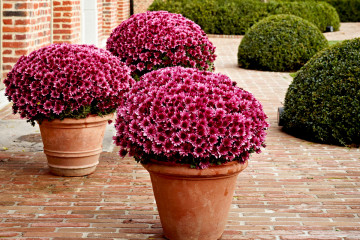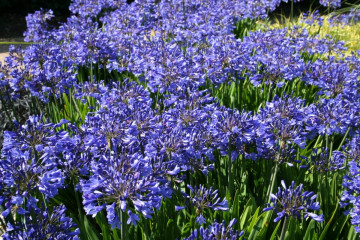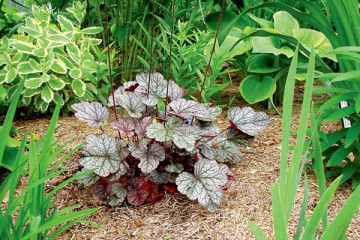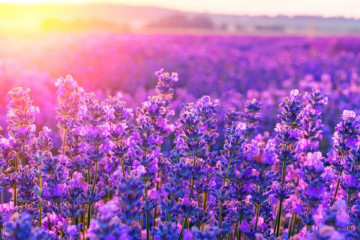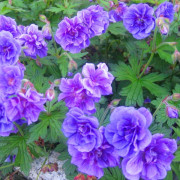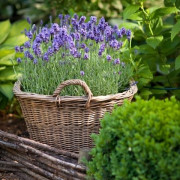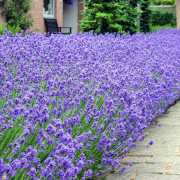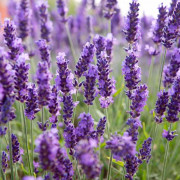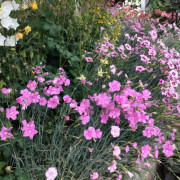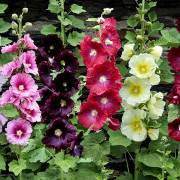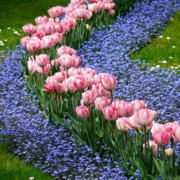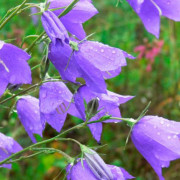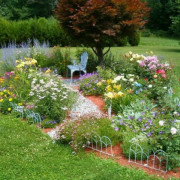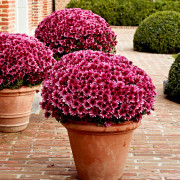Poultry house - planting and care in the open field
Content:
The birdhouse flower, or ornithogalum among the people, is also known as the Indian onion. Indeed, the plant looks very much like a flowering onion. The color of the flowers depends on the numerous varieties and species of this shrub, each of which is easy to grow in its own garden.
Birdhouse - what kind of flower, a short description of what it looks like
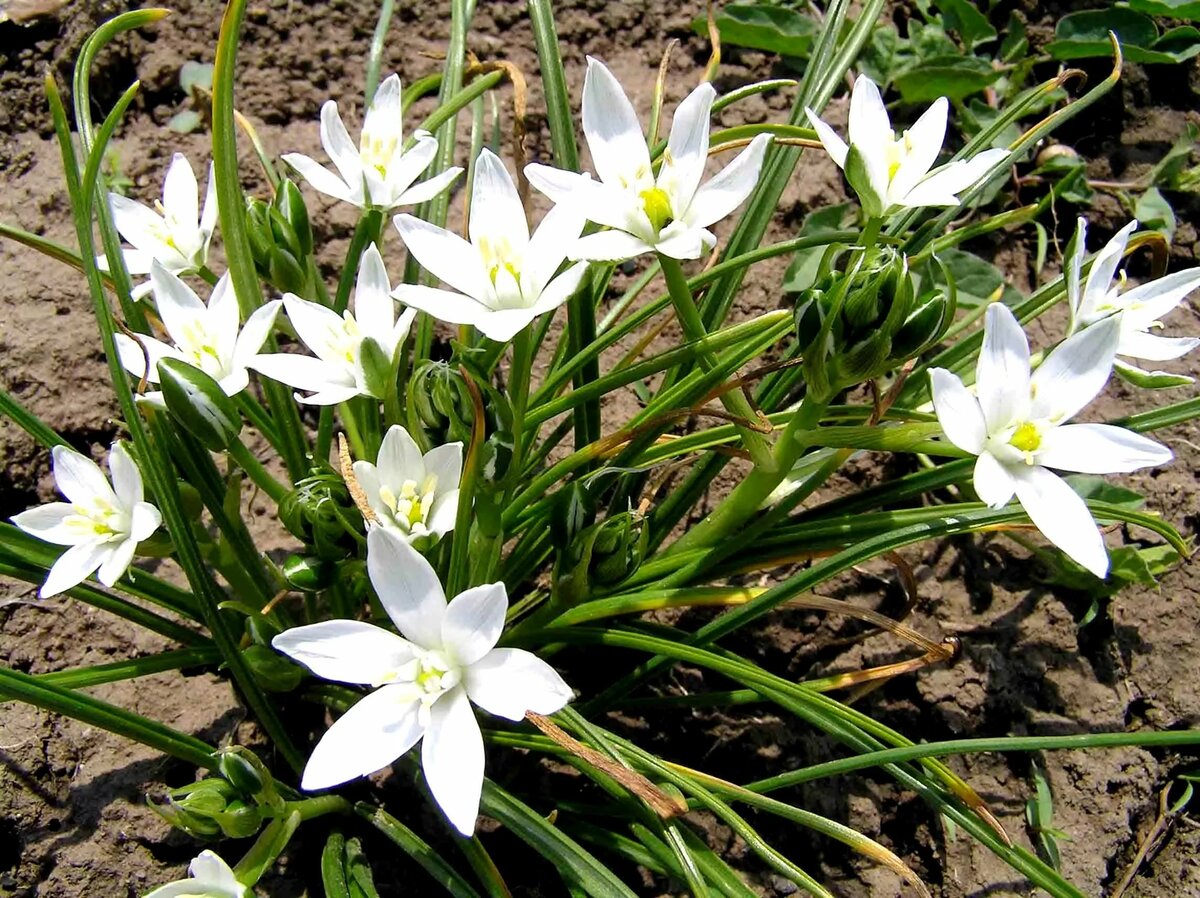
The birdhouse was nicknamed the decorative bow
The poultry plant is a plant of the Asparagus family and the Hyacinth subfamily. It is a perennial herbaceous shrub that grows from bulbs. The decorative bird onion in landscape design is used quite often, therefore, in addition to using it as a medicine, you can also design your personal plot.
Useful properties of the poultry farm
In addition to its decorative qualities, ornithogalum is known for many beneficial properties:
- relieves inflammation;
- reduces pain;
- improves blood circulation;
- relieves swelling;
- replaces sedatives;
- excludes the formation of blood clots;
- improves digestion.
Types and varieties of poultry
The genus of this plant is subdivided into many species. Depending on the variety and variety, the leaves and flowers of the poultry farm can have a different structure and color.
Arabian poultry (Ornithogalum arabicum)
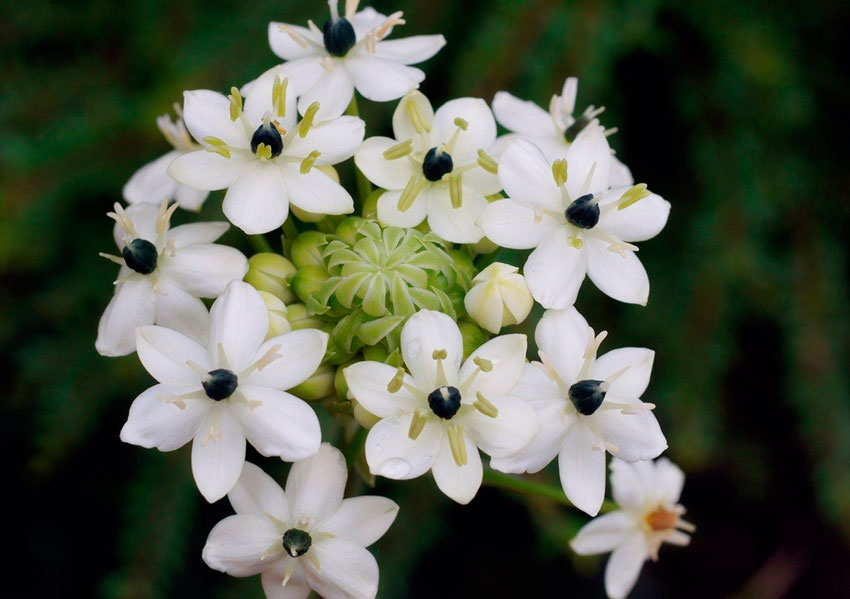
The Arabic subspecies has numerous white flowers
The plant grows in its natural environment in the coastal areas of the Mediterranean Sea. Especially common in Israel.
The Arabian poultry farm is a short, erect shrub 80 centimeters high. It has a spreading crown of elongated light green leaves that extend from a basal rosette.
In the middle of spring, a long petiole grows near the bush, on which a snow-white, brush-shaped inflorescence is formed, consisting of large flowers.
Poultry Boucher (Ornithogalum boucheanum)
In the wild, it can grow in the mountainous regions of Russia. At home, it grows well in moist and loose soil.
By its size, the Boucher poultry farm is inferior to other varieties, it grows only up to 20 centimeters. The leaf plates are small, thin and grow from basal rosettes. The petals of white flowers have wavy edges of a bluish color.
Pontic poultry (Ornithogalum ponticum)
The Pontic or Pyrenean poultry plant grows naturally in the Caucasus and Crimea. Its height can reach almost 1 meter. Its long, belt-like leaves are painted in a bright green hue.
Large inflorescences can reach a length of 30-40 centimeters. Their petals are painted in a solid cream shade with a greenish longitudinal stripe.
Pyramidal birdhouse (Ornithogalum pyramidale)
The description of the pyramidal appearance is very similar to the Arabic one.This plant, as an ornamental shrub, began to grow back in the 16th century.
Height ranges from 5 to 70 centimeters. The belt plates have a smooth, shiny surface. White buds 3-4 centimeters in diameter form inflorescences in the form of brushes. The flowering period is late spring - mid summer.
Arcuate bird poultry (Ornithogalum arcuatum)
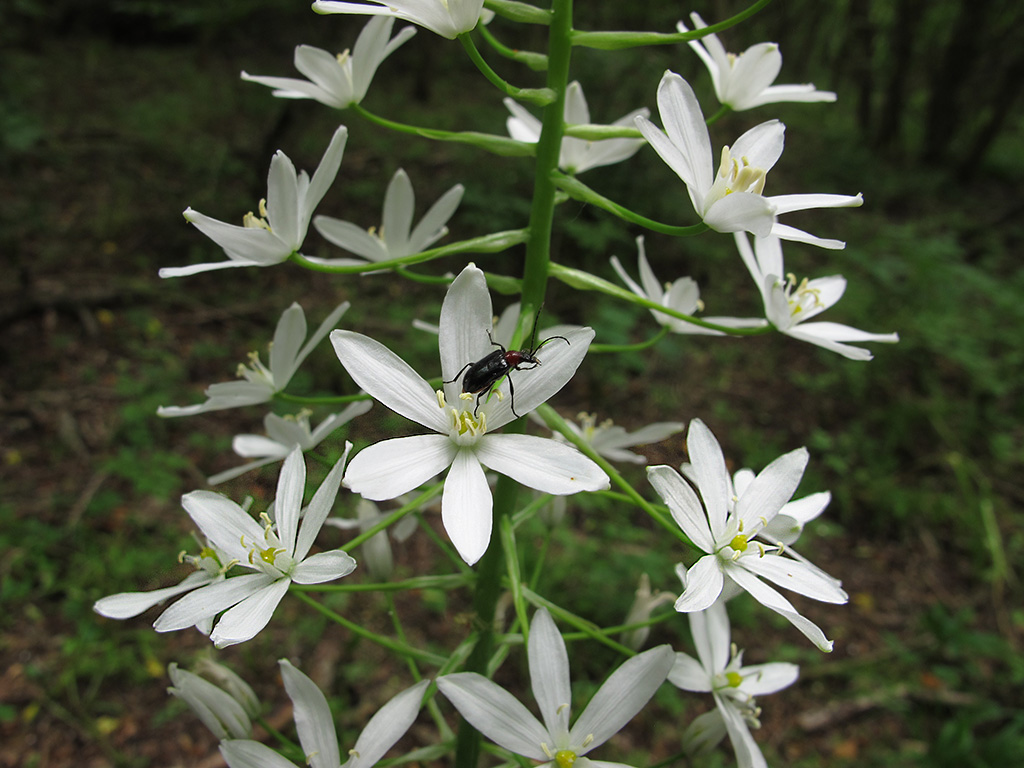
Another arcuate subspecies with white flowers
In the wild, the arcuate poultry farm grows exclusively in the mountainous regions of the Caucasus. A plant of half a meter, average in height, has xiphoid and pointed leaves at the ends, the length of which reaches 40-50 centimeters. They are narrow in width - only 4 centimeters.
Large inflorescences consist of 15-19 snow-white flowers. The flowering of the arcuate birdhouse does not last long - 2 weeks at the very beginning of summer.
Umbrella poultry (Ornithogalum umbellatum)
The most famous and brightest among other plants of its kind is considered the umbrella bird plant (Ornithogalum umbellatum).
A small compact shrub 35 centimeters high, the crown of which is painted in a rich green shade. Small leaf plates are only 1 centimeter long, and a pale vein can be seen on their surface. Umbrella-shaped inflorescences consist of 30 small snow-white buds.
Voronov's birdhouse
The natural habitat of Voronov's poultry farm is the Crimea, the Caucasus and the coastal territories of Turkey. It is one of the smallest representatives of the genus, it grows only 15 - 18 centimeters in height. Narrow leaves, half a centimeter wide and 15 centimeters long, grow from a basal rosette. Shield-shaped inflorescences with small white-green flowers begin to bloom later than other varieties of the poultry farm, in early June.
Doubtful birdhouse
The species is native to the African continent, therefore it loves a warm climate and requires certain growing conditions.
For example, it is imperative to cover it with spruce branches or other breathable material in winter. The leaves have small hairs all over their surface. The color of the stems is green with a yellow tint.
Depending on the variety, this poultry farm has orange, red and pastel yellowish buds.
Poultry house: planting and care in the open field
Planting a plant and caring for a poultry farm should be carried out according to a certain algorithm, which even novice growers can cope with. It is recommended to plant a plant using bulbs, but some growers prefer to do this by sowing seeds.
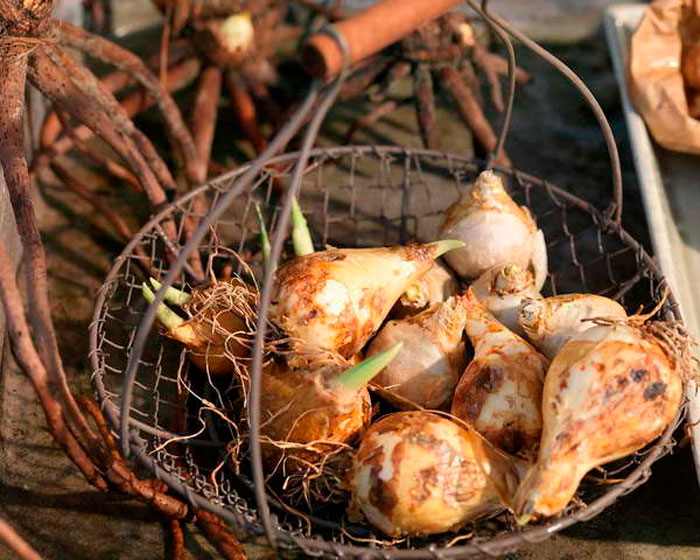
Planting bulbs in the fall
What time to plant, landing features
The most preferred time for planting ornithogalum bulbs is late summer or early autumn. If planted later, the fragile planting material will freeze and die.
Landing rules:
- Dig the soil thoroughly and deeply in a slightly shaded and elevated area. It is best to choose a place with loamy soil.
- Organic matter and nitrogen-potassium-phosphorus fertilizers are introduced into the soil.
- The bulbs need to be buried 7 centimeters, the distance between each plant should be at least 15 centimeters.
- It is necessary to water the planting with plenty of soft, not cold water.
Perennial ornithogalums can live in one place for no more than 5 years.
Although the poultry farm is not a capricious plant in growing at home, it is worth caring for it, following certain rules. This will help in the future to avoid problems in the maintenance, especially the appearance of diseases and insect pests.
Soil, lighting and moisture indicator for a flower
To avoid the appearance of fungal diseases, it is necessary to periodically loosen the soil to a depth of 3-5 centimeters. This procedure is extremely important, since the plant must be planted not in illuminated open areas, but in shaded areas. You need to choose northwestern or northeastern territories for planting.
Humidity in the summer may drop, so you should take care of spraying the bush. The procedure is carried out using a spray bottle using clean, non-chlorinated water at room temperature.
Top dressing and watering
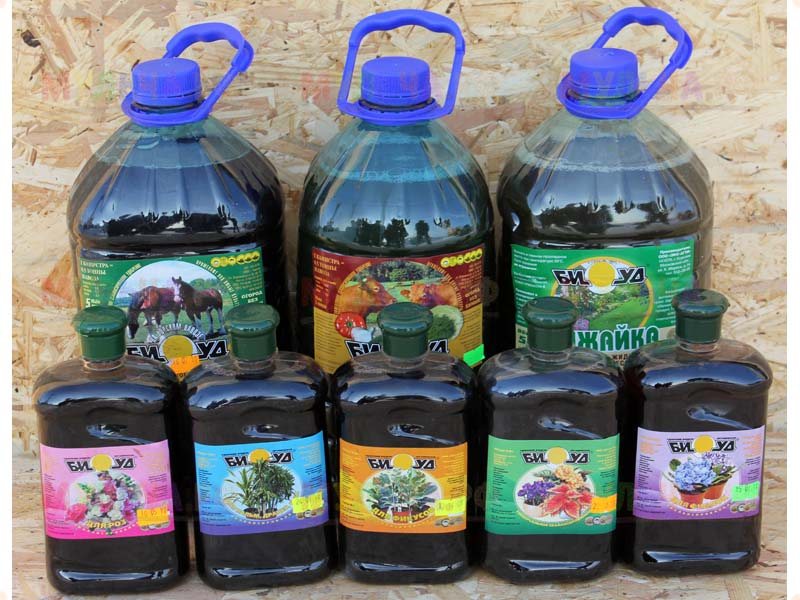
It is best to feed the shrub with liquid fertilizers.
The first spring and last autumn feeding should consist of organic and complex mineral fertilizers. Intermediate is carried out in liquid form, using a mild concentrated solution of drugs.
Before flowering, they are fed with nitrogen-containing fertilizers, after - with potassium-phosphorus fertilizers. Enough 1-2 procedures per month.
Water the poultry farm only as the plant dries up, accompanying each procedure with weeding and shallow loosening of the soil. These preventive measures are important, since overflows are often the cause of bulb decay. Watering is recommended in the morning or closer to sunset.
Pruning after flowering
It is necessary to prune the shrub after flowering in order to remove peduncles with faded inflorescences, otherwise they will interfere with the healthy growth of leaf plates. Often during this period it is required to thin out the crown itself, the leaves are cut right at the base of the outlet. Places of cuts should be treated with special disinfecting and strengthening solutions.
How to plant a poultry house - basic methods
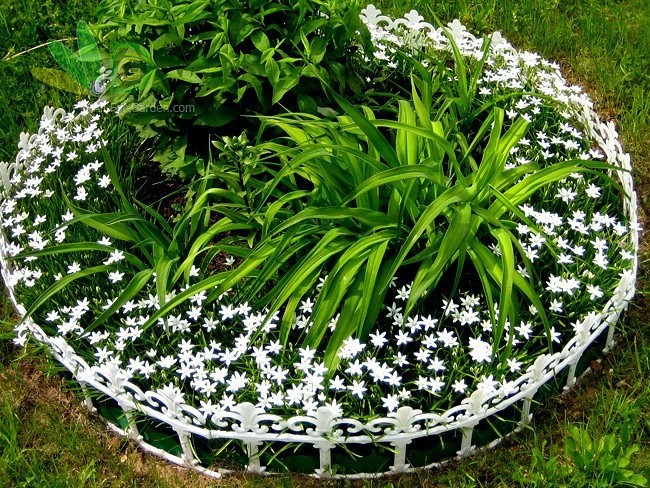
Indian bow in landscape design
Ornithogalum planting is necessary when growing it from seeds or when babies appear.
The main methods of how and when to transplant poultry seedlings in the above cases:
- Seedlings are planted in spring, and children in summer.
- Shallow holes are made in the dug ground in an open area.
- It is recommended to fill the seedlings with a special nutritious soil mixture. You can buy it ready-made or mix it yourself from humus, fine sand and mineral fertilizer.
A very fragile and cute look has a decorative poultry onion, planting and caring for which a gardener of any level can do. In addition to its beautiful appearance, the plant has many useful properties, which can also be useful in the household.
